Description
What is Helical 433MHz Antenna Copper RF Receiver Antenna Internal?
The Helical 433MHz Antenna Copper RF Receiver Antenna Internal CTRF-ANTENNA-SP-0433-2905 item is a 29x5mm size helical antenna made of copper wire spring antenna manufactured by C&T RF Antennas Inc is used for 433Mhz modules RF receiver 433.92Mhz embedded antenna.
This Is A Helical 433MHz Antenna Copper RF Receiver Antenna Internal Made Of Copper Wire Spring Antenna Used For 433MHz Modules.
C&T RF Antennas Inc provides internal & external antennas with antenna radio frequencies such as NFC, 169MHz, 230MHz, 315MHz, 433MHz, 868MHz, 915MHz, VHF&UHF, Lora, NB-IoT, ADS-B, GSM, GNSS, GPRS, 1.2 GHz, 1.4 GHz, 1.8 GHz, Wi-Fi 2.4 GHz, 5.8 GHz, Cellular 2G, 3G, 3.5 GHz, 4G LTE, GPS, 5G NR, 6G, etc.
C&T RF Antennas Inc. provides RF antennae with Omni & Directional antenna types such as Dipole Antennas, Whip Antennas, Marine Antennas, Router Antennas, MIMO Antennas, Combo Antennas, PCB Antennas, FPC Antennas, Spring Antennas, Magnetic Antennas, Sector Antennas, Yagi Antennas, and Accessories, etc, for IoT & M2M industries.
Contact us for more details on the Helical 433MHz Antenna Copper RF Receiver Antenna Internal antenna such as Helical 433MHz Antenna Copper RF Receiver Antenna datasheet, Helical 433MHz Antenna Copper RF Receiver Antenna price, and Helical 433MHz Antenna Copper RF Receiver Antenna inventory.
RF Receiver Antenna 433MHz Antenna Specifications:
RF Receiver Antenna 433MHz Antenna Electrical Specifications |
|
| RF Antenna Type | Embedded Spring Antenna |
| Model | CTRF-ANTENNA-SP-0433-2905 |
| Frequency | 433 MHz |
| Gain | 2.5dBi |
| VSWR | ≤2.0 |
| Impedance | 50 Ω |
| Polarization | Vertical Polarization |
| Lightning Protection | DC-Ground |
RF Receiver Antenna 433MHz Antenna Mechanical Specifications |
|
| Dimension | 29*5mm |
| Weight | Approx. 4g |
| Material | Copper Wire |
| Operation Temperature | – 40 ˚C ~ + 65 ˚C |
| Storage Temperature | – 40 ˚C ~ + 70 ˚C |
| Finished Antenna Color | Copper |
| Antenna Design | Internal Antenna |
| Mounting | Soldered |
| SafetyEmission and other | RoHS Compliant |
| Applications | Public Safety/LMR/P25/TETRA, ISM/SCADA/Utilities, RFID, IoT/NB-IoT/LoRa, etc. |
Applications of the Helical 433MHz Antenna Copper RF Receiver Antenna Internal
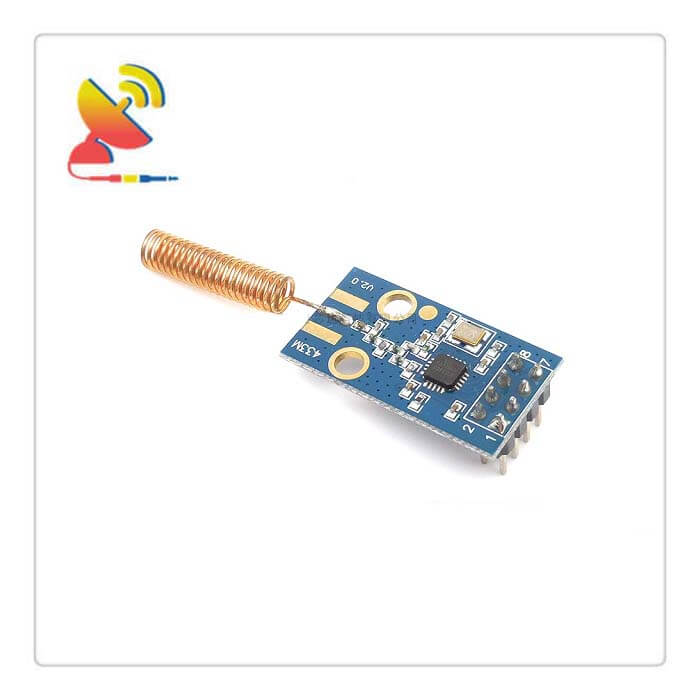
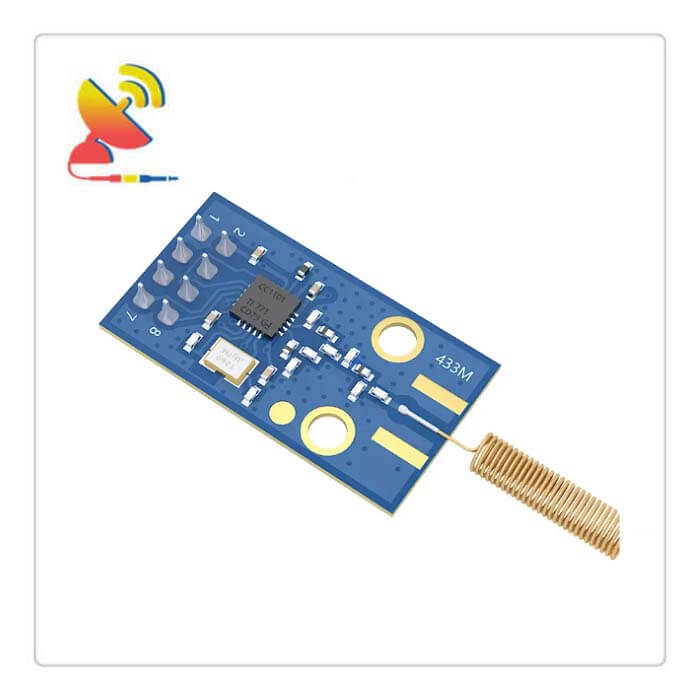
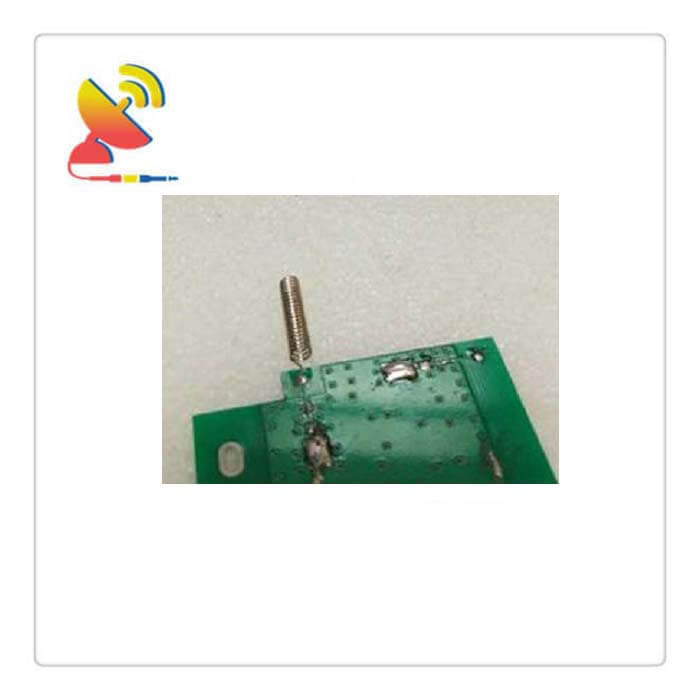
Helical Antenna
A helical antenna is an antenna with a spiral shape. It is composed of metal spiral wires with good electrical conductivity.
Usually, a coaxial line is used to feed power. The core of the coaxial line is connected to one end of the spiral line, and the outer conductor of the coaxial line is connected to a grounded metal mesh (or plate).
The radiation direction of the spiral antenna is related to the circumference of the spiral. When the circumference of the spiral is much smaller than the wavelength, the direction of the strongest radiation is perpendicular to the spiral axis;
When the circumference of the spiral is on the order of a wavelength, the strongest radiation appears in the direction of the spiral axis.
Common IoT wireless technology
1. WiFi
WiFi is the first popular Internet of Things technology, mainly used in the field of smart homes, using a 2.4GHz/5GHz free frequency band.
Advantages: mature technology, fast speed, low module price, and low development cost.
Disadvantages: Multiple WiFi is easy to interfere with, short transmission distance (tens of meters to hundreds of meters), poor confidentiality, not suitable for large-scale industrial occasions, high power consumption, not suitable for battery-powered equipment, and limited connections.
2. Lora
Lora is a long-distance-spread spectrum communication technology developed by Semtech in the United States. It uses free frequency bands such as 169MHz, 433MHz, 868MHz (Europe)/915MHz (North America).
Advantages: long communication distance, up to 10km in the suburbs, power consumption Low,
Disadvantages: free frequency band, can not avoid interference, security is not high. The private protocol makes networking difficult.
3. NB-IoT
NB-IoT is a low-power, wide-area network coverage wireless standard. The NB-IoT specification was frozen in the R13 version of the 3GPP specification in June 2016. It corresponds to several standards, LTE cat1 LTE cat0, LTE cat M1 (eMTC), LTE cat NB1 (NB-IoT), and EC-GSM-IoT.
Advantages: Unlimited communication distance, as long as the operator can communicate wherever it is covered, there is no interference, dedicated use Frequency band, a large number of connections (50,000-100,000/node), low power consumption.
Disadvantages: To use the operator’s network, you need to pay a certain fee, each operator’s platform is different, the development cycle is longer, and the module price at this stage is biased and expensive.
4. Sigfox
Sigfox, the signal fox, I don’t know how smart it is. It is a new entrepreneurial company in France. It also uses free frequency bands, builds its own network, and has low power consumption, but the bandwidth is extremely narrow, and of course, the rate is very low.
5. ZigBee
ZigBee was used earlier in industrial networking occasions, based on the IEEE802.15.4 specification. Can be flexibly deployed in various free frequency bands, low cost, low power consumption, and can form a mesh network. The disadvantage is that it is inconvenient to access the Internet and the speed is slow.
6. Bluetooth
Bluetooth is a technical standard proposed by several giants in 1998. It is a low-cost short-range wireless connection solution. It can only be used for point-to-point communication. It is not too much of an IoT application. Its original design was not an IoT requirement.
Besides the Helical 433MHz Antenna Copper RF Receiver Antenna Internal, C&T RF Antennas Inc also supplies the spring antenna coil helical antenna with 315 Mhz, 433 Mhz, 868 Mhz, 915 Mhz, Wifi, GSM, etc.
Helical 433MHz Antenna Copper RF Receiver Antenna Internal Video

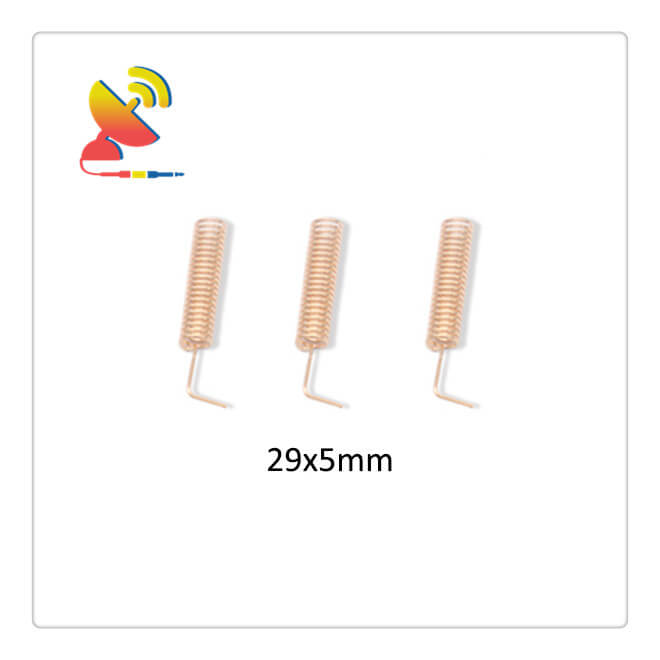


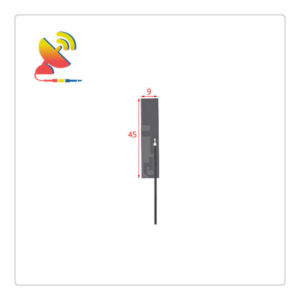
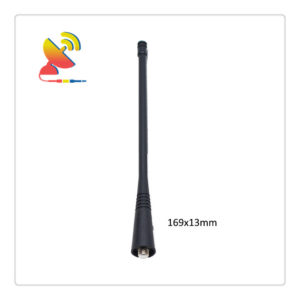
Reviews
There are no reviews yet.